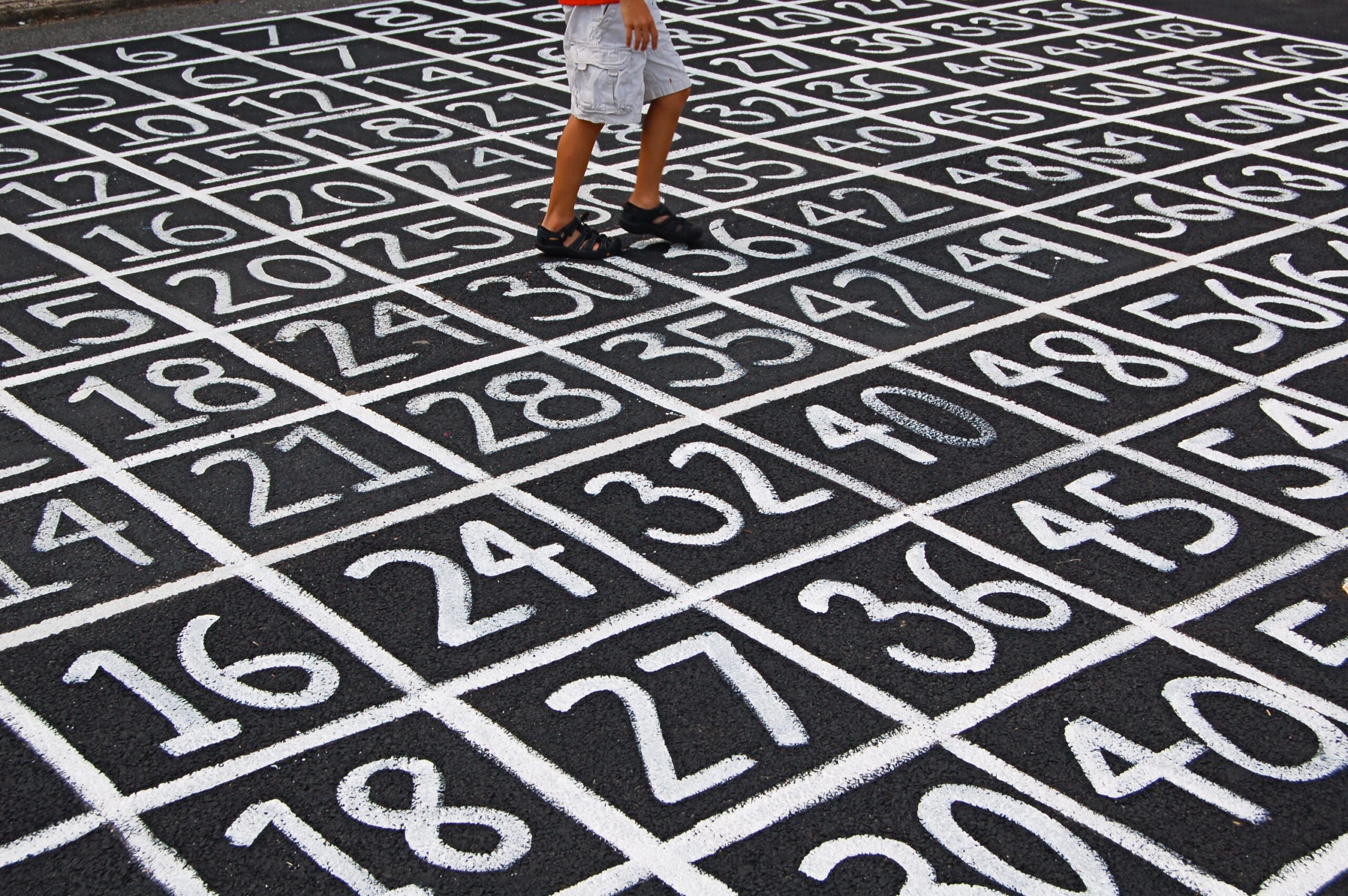
21 Sep Understanding Dyscalculia
Dyscalculia is a specific learning disability that impacts an individual’s ability to understand and work with numbers. It affects people across various age groups, from early childhood through adulthood, and can persist throughout their lives if not properly addressed.
Symptoms of Dyscalculia
- Difficulty with Basic Arithmetic Operations: Individuals with dyscalculia may struggle with basic arithmetic operations like addition, subtraction, multiplication, and division. They may find it challenging to grasp concepts such as carrying and borrowing in calculations.
- Spatial Difficulties: Individuals with dyscalculia might face spatial challenges, making it hard to understand concepts like measurement, estimation, and spatial relationships.
- Difficulty in Recognizing Patterns: Recognizing patterns, such as even and odd numbers, can be a significant challenge.
- Time Management Issues: Managing time and understanding the passage of time can be problematic, affecting punctuality and time-based tasks.
- Difficulty with Money and Finances: Handling money, making change, and understanding financial concepts can be especially challenging for individuals with dyscalculia.
- Limited Understanding of Math Vocabulary: Individuals may struggle with mathematical terminology and concepts, which can hinder comprehension and retention.
Therapeutic Interventions for Dyscalculia
1. Multisensory Instruction
Utilizing multiple senses, such as sight, touch, and sound, can enhance learning for individuals with dyscalculia. Tactile materials like counting blocks, abacuses, and interactive computer programs can provide a tangible understanding of mathematical concepts.
2. Structured and Sequential Learning
Breaking down mathematical concepts into smaller, manageable steps can be immensely beneficial. Providing a structured and sequential curriculum ensures that individuals master foundational skills before moving on to more complex concepts.
3. Visual Aids and Manipulatives
Visual aids like diagrams, charts, and graphs can help in visualizing mathematical concepts. Manipulatives, such as number lines and geometric shapes, provide a concrete representation of abstract ideas.
4. Individualized Education Plans (IEPs)
For students in formal educational settings, creating an Individualized Education Plan tailored to their specific needs can be invaluable. This plan outlines the strategies, accommodations, and goals necessary for the individual to succeed in a learning environment.
5. Technology-Assisted Learning
Utilizing educational apps, computer programs, and assistive technology can provide interactive and engaging ways for individuals to practice and reinforce mathematical skills.
6. Emotional and Psychological Support
Acknowledging the emotional impact of dyscalculia is crucial. Providing a supportive and understanding environment can help individuals build confidence, resilience, and a positive attitude towards learning.
Dyscalculia, though often misunderstood or overlooked, is a very real and significant challenge for many individuals. By recognizing the signs and implementing effective therapeutic interventions, we can empower those with dyscalculia to not only navigate the world of numbers but also thrive in it.
Galvin Growth Group is also able to provide evaluations to assess for dyslexia, including offering individualized recommendations and collaborating with your child’s school to develop a personalized plan.
Sources
The Cleveland Clinic, Dyscalculia
Understood.org, What is Dyscalculia?
Understood.org, Treatment for Kids with Dyscalculia
This post was written by G3 Contributing Writer Kara Ferreira and reviewed by Dr. Julie Galvin and Dr. Elizabeth Snyder.

